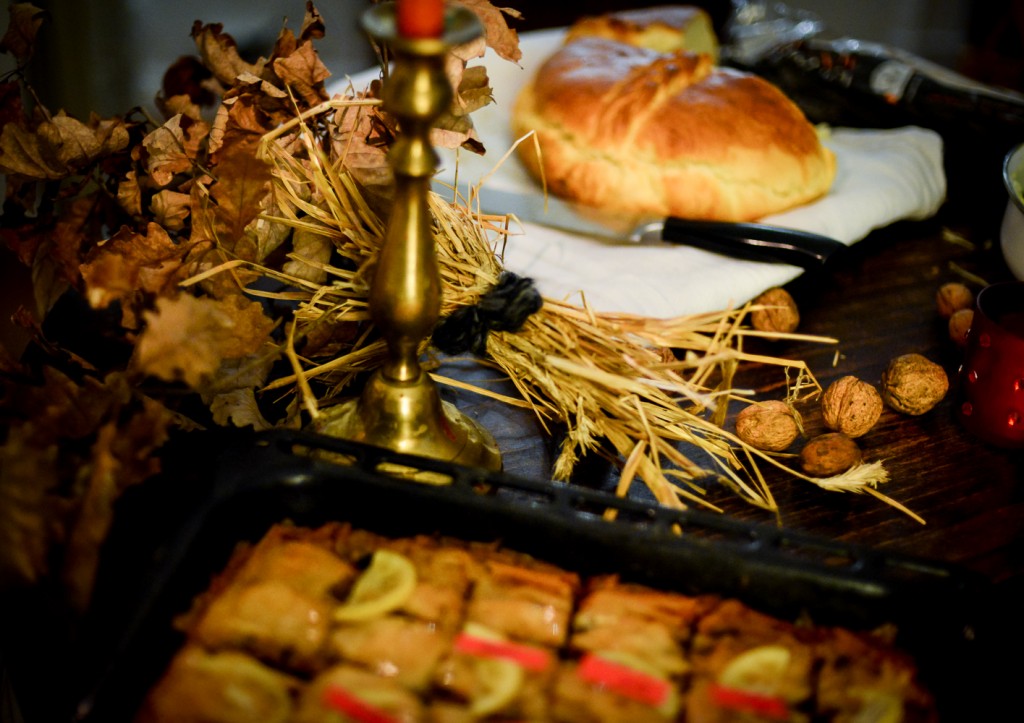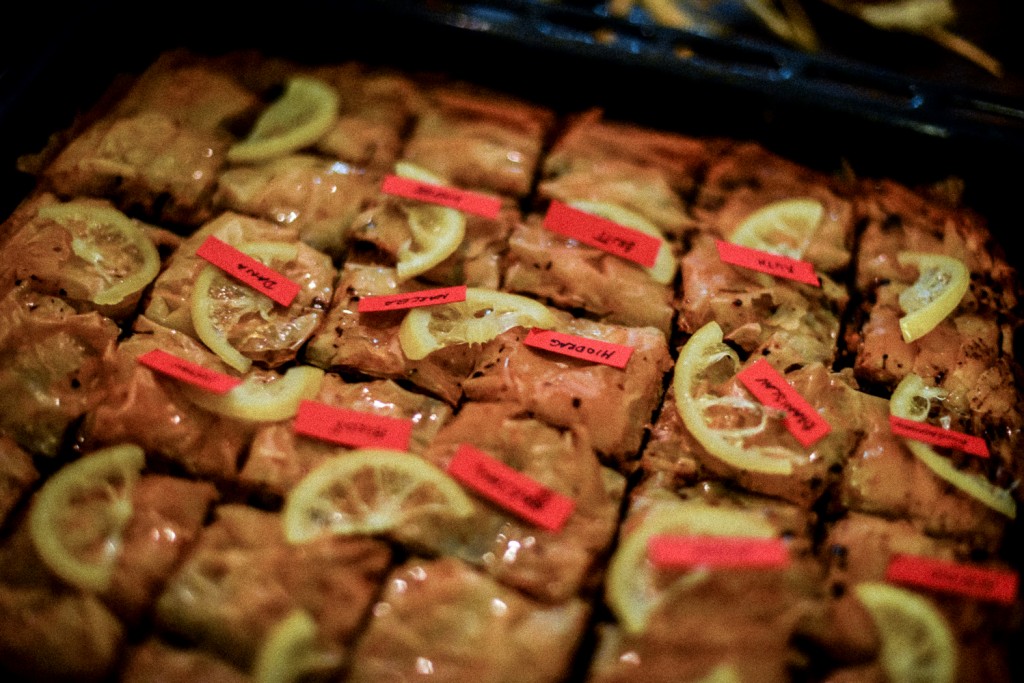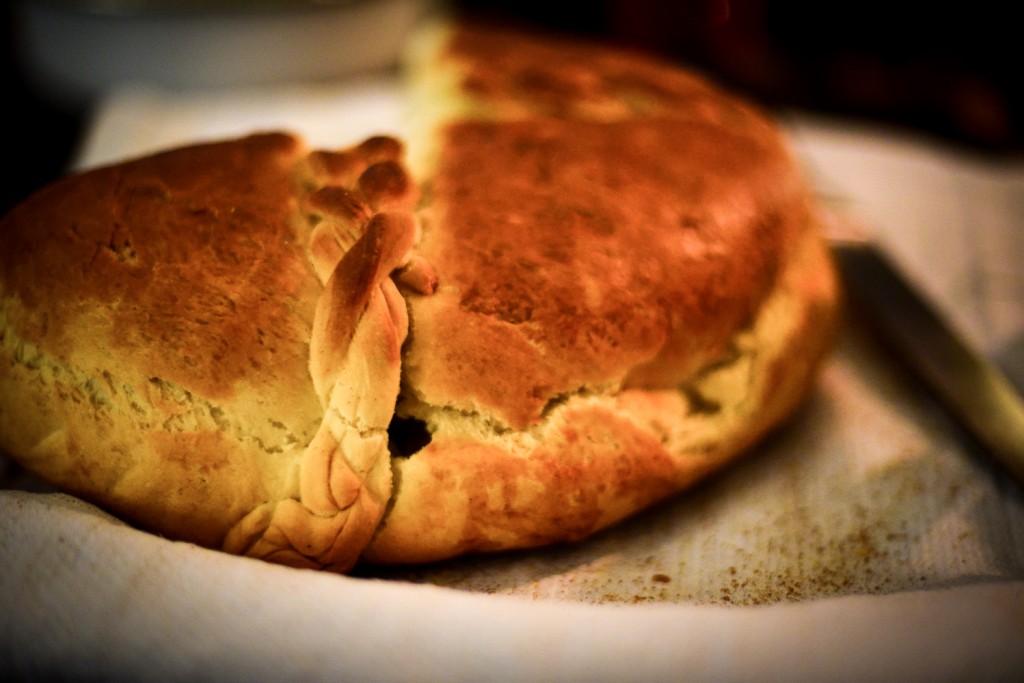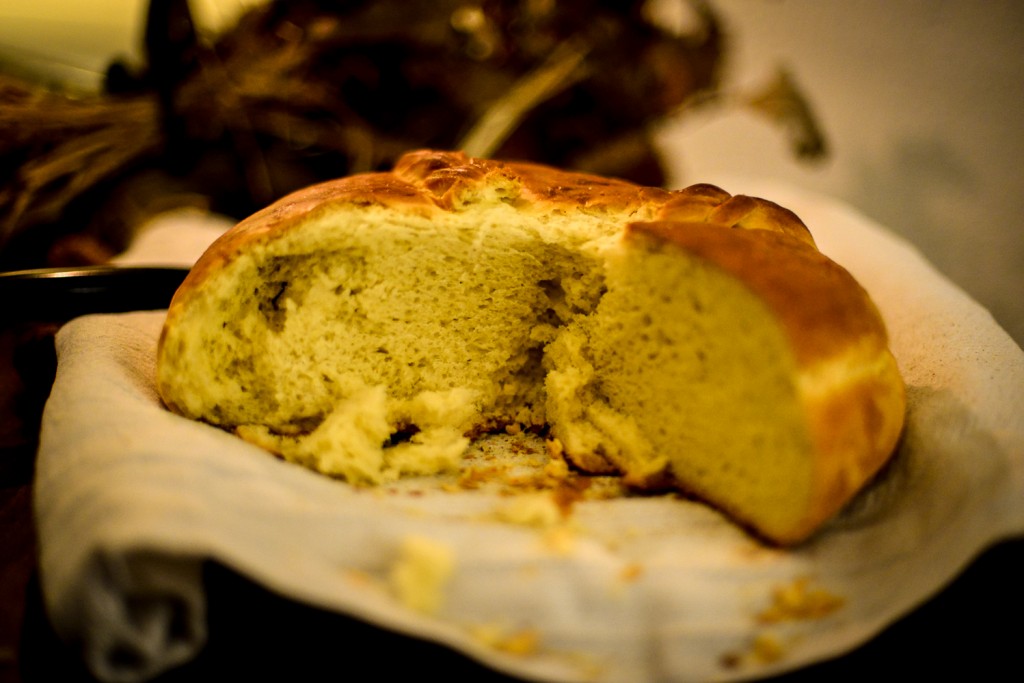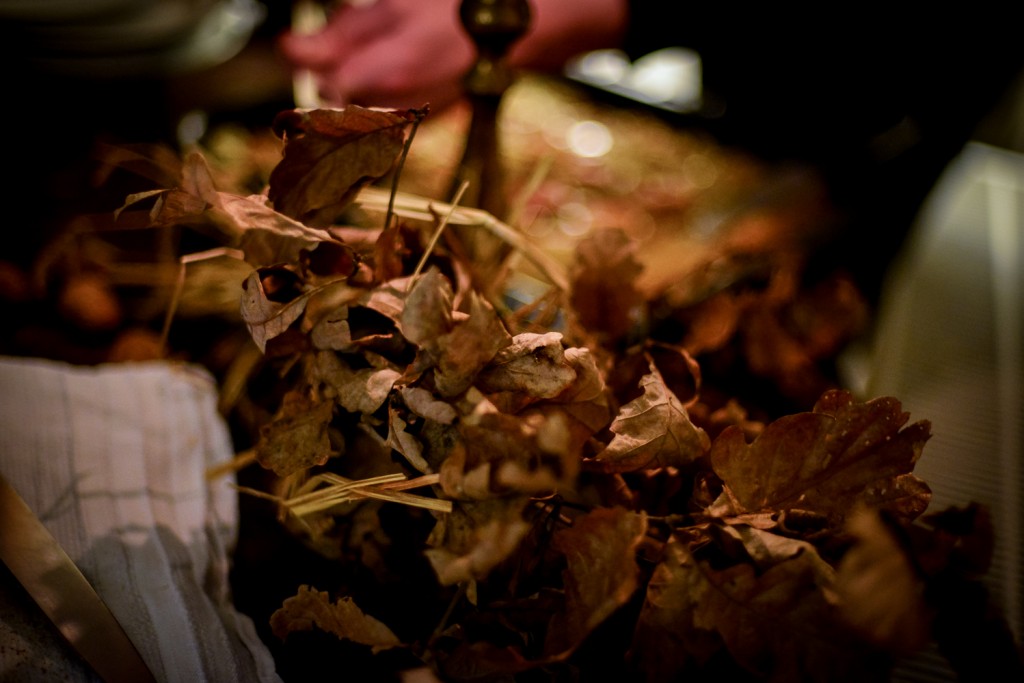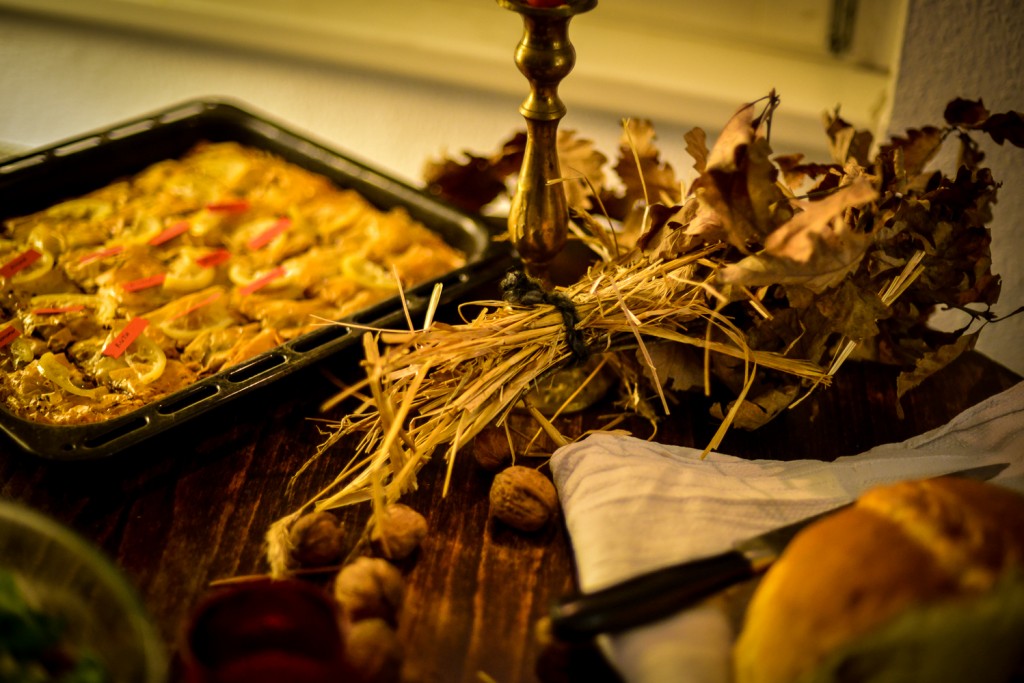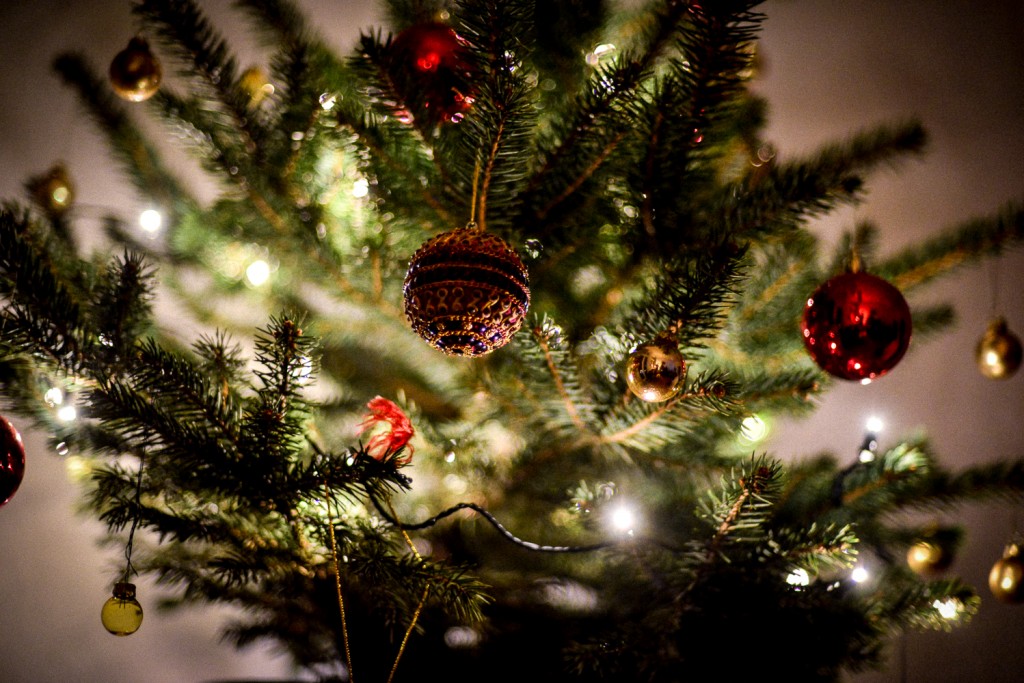“Hristos se rodi! Vaistinu se rodi”
“Christ is born! Truly, He was born”
Serbian Christmas Greeting (instead of “Merry Christmas “)
I grew up as a complete antichrist – this is how parents in Serbia used to brush off their children when not behaving properly – but, in our case, the meaning was literal as much as metaphorical. We just did not practice any religious customs, and for us, then, this was the way things were. We had a lots of fun and this fun was coming from the people we lived surrounded with and people we loved. And if there was God and this God was Fun, I am sure he would have been welcomed to stop by. For the rest, as in many “middle class, big city” families – tradition was the thing of the past.
In Germany, Christmas plays a prominent role in family life. My kids are asking: “How did you do it?” I say: “We just didn´t”. They look at me horrified and ask: “Santa Clause never came to you?” “Well, no, but you know what….” and then I do my best to remember. I struggle to remember everything anyone has ever told me of how our forefathers celebrated Christmas in the past – not because I suddenly want to radically stick to it and succumb in some anachronic, super-religious and mega- stupid dark age many of my unfortunate fellow citizens did – but because I would like to have sensed it and known it. It was a part of my shared identity and, somehow, it was taken away form me. My kids (and I) might be just a blink in the universe´s space and time, but this lovely, bubbly, curious, chatty blink is a dot of an eternal line that stems from the past and leads to the future. Somewhere on that line, there was Christmas time packed with a whole lot of symbols that were hoped to bring health, prosperity, life and love. Today, I might care more about my iPhone and my Nikkon then I care about my Badnjak. But, not so long ago, there was a young handsome fore-mother of mine, who was preparing our Christmas, and because of her – I am here where I am now. Hristos se rodi!
Serbian Christmas Table with Serbian Christmas Pie, Serbian Christmas Bread (Česnica), yule log (Badnjak) and Walnuts believed to bring health
For this special occasion, our host baked her family´s Christmas Pie: there is a coin hidden in a piece of pie – whoever finds it will have a prosperous year. The pieces are tagged by the post, oops, host.
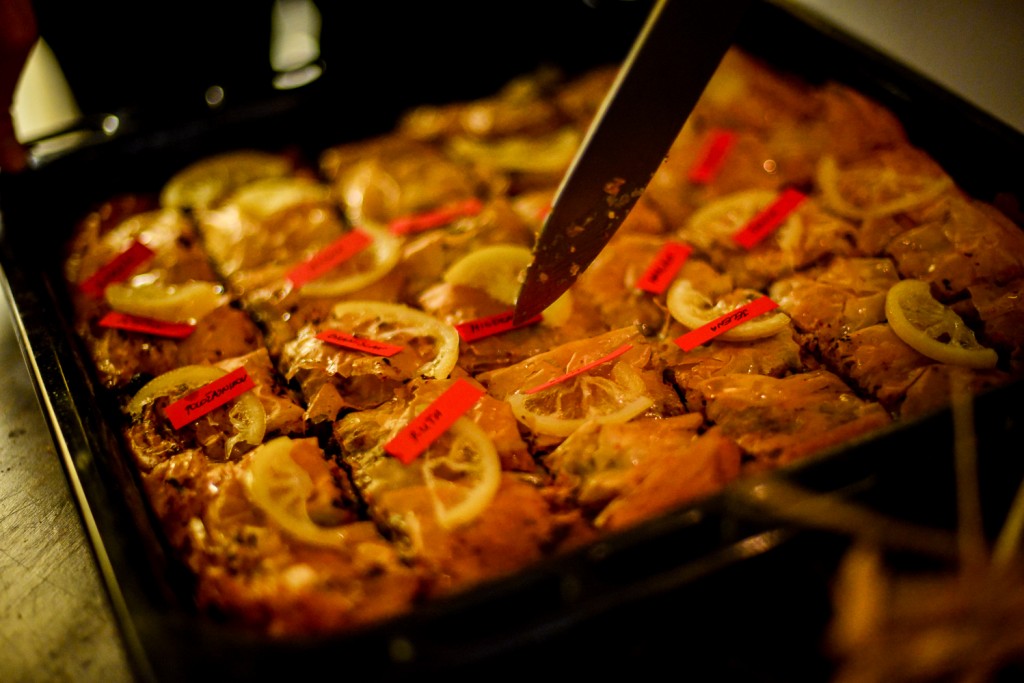 We, emigrants become tightly knit, like a family. He who decided to leave his motherland, or as the Germans say it Heimat (from home = Heim), knew this feeling: it is extremely important to leave and discover new lands, but it is equally important to have a safe haven, or Heimathafen (a home port). Or a place that feels like home.
We, emigrants become tightly knit, like a family. He who decided to leave his motherland, or as the Germans say it Heimat (from home = Heim), knew this feeling: it is extremely important to leave and discover new lands, but it is equally important to have a safe haven, or Heimathafen (a home port). Or a place that feels like home.
Serbian Christmas Bread or Česnica is a sign of prosperity after the long fasting season. A coin and other small symbolic objects (walnut, piece of Badnjak) may be put in a dough during the baking ritual. Those who find them will be exceptionally lucky in a year to come.
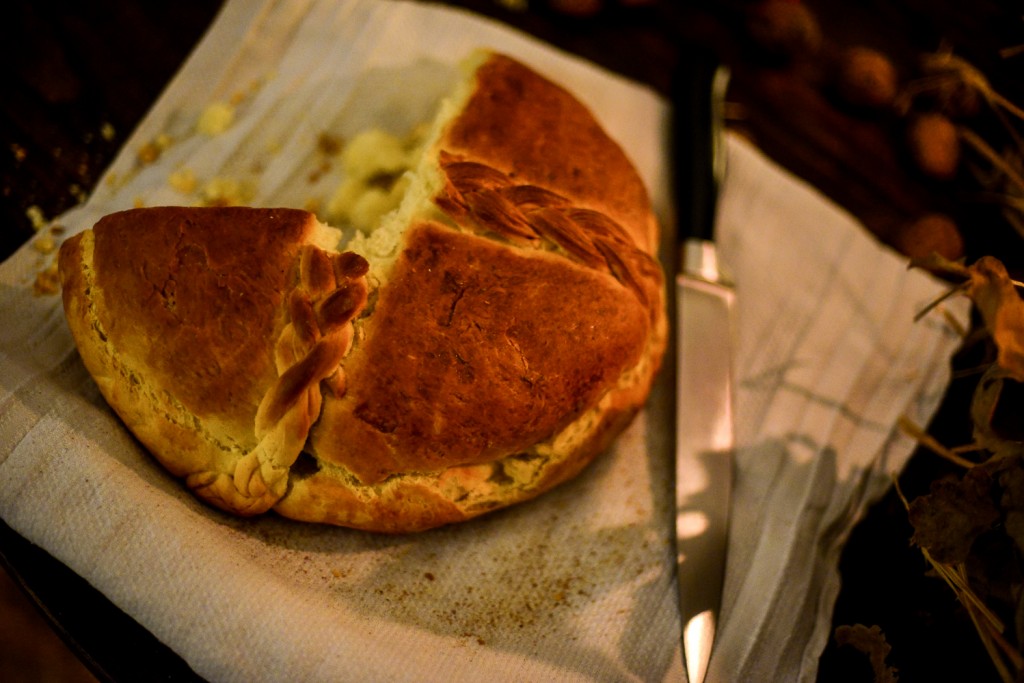
Usually, the Christmas bread is broken among the family members, but we broke the pie, so we could cut the bread.
Every family has its own customs of preparing the Christmas Dinner and the Christmas Bread. Many rituals, straight or twisted interpretations are embedded. We celebrated in a way it was usual in Vojvodina (northern Serbia).
Badnjak has a very special place in Serbian tradition and is tightly connected to the male principle – as a “house keeper” and a “fire place” (čuvar kuća i ognjište).
Christmas table in a Serbian home – or, a home in exile. Health, prosperity and fertility are symbolically represented.
Christmas Tree does not play a prominent role in the eastern (orthodox) as in the western tradition, but is still a part of the festive decoration.

